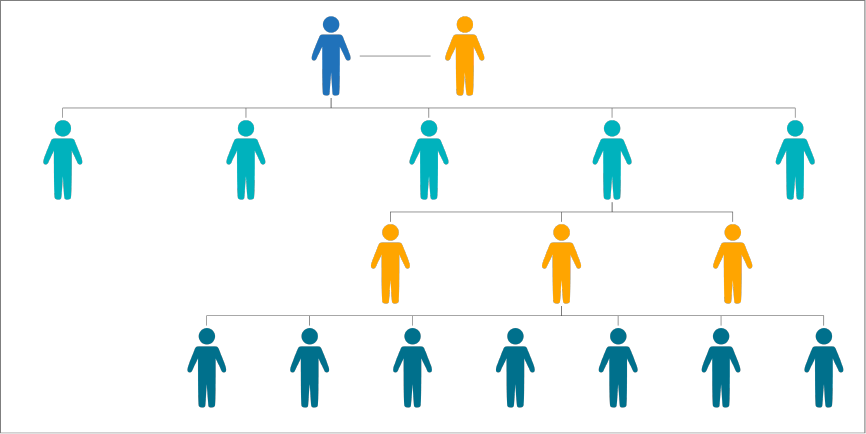I used to play with little dolls when I was a kid.
The dolls were not necessary people, but they were anthropomorphic, often having humanistic names and always having human personalities. My earliest memory of a favorite “doll” was Charlie, my rubber horsey. I was about five years old when I had to part with Charlie. We were moving to a new house, and Mom said Charlie had to stay behind. It was tragic. Looking back, we of course had room in the new house for Charlie, but I think Mom was trying to teach me an early lesson about separation. It worked, I eventually moved on, but not before traversing the full Kubler-Ross model of grief. I loved Charlie.
The wonderful imagination that emerges from anthropomorphic fantasy is so valuable when creativity is key capability—current or future. However, it is kryptonitic when it comes to Organization Design (OD). If your leadership team are zealous about rearranging the org chart in support of a strategic shift, I’m warning you—the worst is yet to come.
The seductive quicksand of the org chart exercise is nothing to be ignored. Those prosaic little boxes and lines on the paper (virtual or real) quickly turn into little dolls (boxes) that tell interesting stories (lines) about what the organization could look and feel like. And although it is taboo in the early stages of design to discuss who personifies each box, we would be remiss to assume people involved don’t have their own narrative about what this ostensibly neutral chart could mean for them. It doesn’t take long before this very logically-structured exercise turns into an emotionally-laden battlefield of power. And no one—save an independent expert like me—is allowed to acknowledge the huge mastadon in the war room. This is a recipe for disaster that I’ve seen too many times.
The hierarchy of authority (that’s the insider’s term for those “pins and boxes” that get published as an org chart) is never step one in my process for OD. I will usually start with either workflows or culture, depending on what the strategy signals. For instance, if we need to push decision making down to enable more agility, I might lead with culture. If nobody knows who’s on first or what’s on second, I might lead with workflow design. What I definitely do not do is start with a discussion of whether we should have five General Managers or six. In fact, most of the time I have to fight with leaders who have already been playing with their little dolls and they refuse to put them away.
It has been about 50 years since I had to say goodbye to Charlie, yet I still think about him sometimes. That’s the power emotions have over your attitude, beliefs, and behavior. Don’t let this force creep into the early stages of your future organization’s design, or it won’t end well. Consider yourself warned.
I’m not saying don’t play with little dolls—they’re fun! Just, not when you start OD.

0 Comments